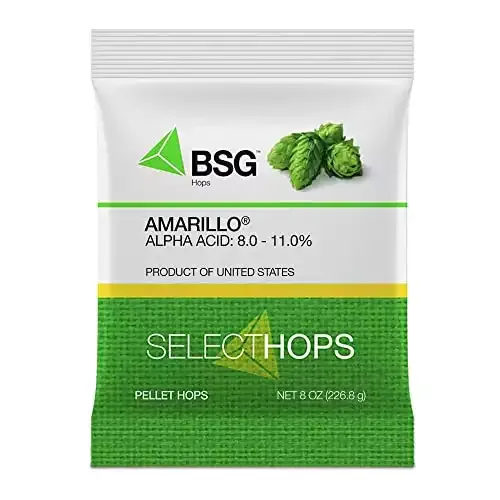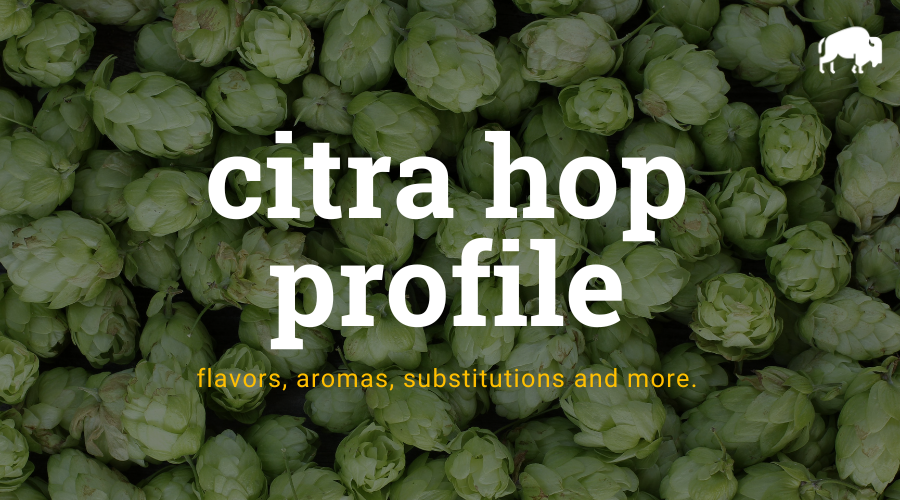
Citra hops, named for their citrus flavor profile, have become the most popular hop in American craft beer today, accounting for almost 20% of hop production in the United States. They were patented by Eugene Probasco and Jason Perrault from the Hop Breeding Company. They were first planted in Toppenish, Washington, in 1992.
Citra’s success in the American IPA market is due to its high alpha acids and low cohumulone, which make it an excellent addition for pleasant bitterness, and its great oil content, which sets it apart as an exceptional dry-hopping varietal. Many craft breweries use Citra as a single hop to showcase its versatility and flavor. It has become synonymous with the modern American juicy and hazy beer trend.
| Usage: | Dual-Purpose |
| Country of Origin: | United States |
| Hop Growers Code: | CIT |
Where To Buy Citra Hops
Possibly the most popular modern brewing hop in the world. Citra hops are highly sought after for its intense citrus aroma and flavors, including, grapefruit, lime, gooseberry, passion fruit, and lychee.
Citra Flavor And Aroma
Citra is a dual-purpose hop that is often described to have the following aroma characteristics:
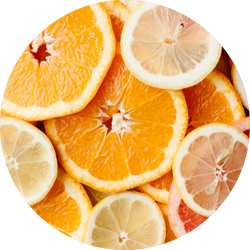
Grapefruit, Lime
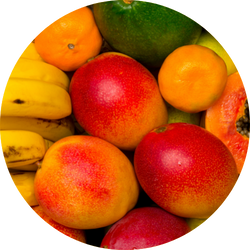
Tropical Fruit, Lychee
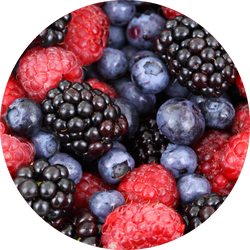
Gooseberry
Citra Hop Oil Breakdown
Hop oils can vary from year to year and farm to farm but based on our research, here are the typical values we have seen reported. This information comes from various hop farms, The Hop Aroma Compendium, and For The Love Of Hops.
| Alpha Acid % (AA) Alpha acids are what is isomerized when boiling to create bitterness in beer. | 11% – 13% |
| Beta Acid % Beta acids are what give hops their more aroma and flavor compounds. | 3.5% – 4.5% |
| Alpha-Beta Ratio This ratio of alpha acids to beta acids determines how quickly bitterness fades during aging. Lower ratios are common for aromatic varieties. | 2:1 – 5:1 |
| Co-Humulone as a % of Alpha Higher numbers are said to impart a harsher bitterness. | 22% – 24% |
| Total Oils (mL/100g) With more total oils, typically comes a more complex hop profile but these are highly volatile compounds. | 2.2mL – 2.8mL |
| Myrcene green, resinous | 60% – 65% |
| Humulene woody, piney | 11% – 13% |
| Caryophyllene woody | 6% – 8% |
| Farnesene floral | 0% – 1% |
| Other Oils: Includes beta-ionine, beta-pinene, limonene, linalool, geranoil & selinene | 8% – 28% |
| Hop Storage Index (HSI) The HSI indicates the percent of alpha and beta acids lost after 6 months of storage at room temperature (68°F or 20°C). | Retains 73% of its alpha acid after 6 months of storage at 20ºC (68ºF). |
| Hop Storage Index (HSI) Rating | Good |
Citra Hop Substitutions
Replacing one hop for another is seldom straightforward but sometimes you don’t have the right hop or the right quantity of hops for the beer you want to make. For those situations, we have made a comprehensive list of hops to substitute on brew day.
These substitutions aren’t perfect as hop chemistry is pretty complex.
We wanted to make this list of substitutions with varietals that are easy to find when possible. For Citra, we recommend substituting with the following hops:
Beer Styles
For the most part, any hop could have a place in just about any beer style. Based on popular beers, historical usage, and our own preferences, we would recommend using Citra for IPA, New England IPA, Pale Ale, Wheat Beer, Golden Ale. That being said, experiment and see what works best for you.
References
https://www.hopslist.com/
https://www.ars.usda.gov/
https://www.brewersassociation.org/
https://www.barthhaasx.com/
https://www.yakimachief.com/
Hieronymus, Stan. For The Love of Hops. Brewers Publications, 2012
The Hop Aroma Compendium. 2012

